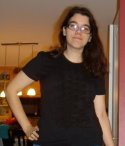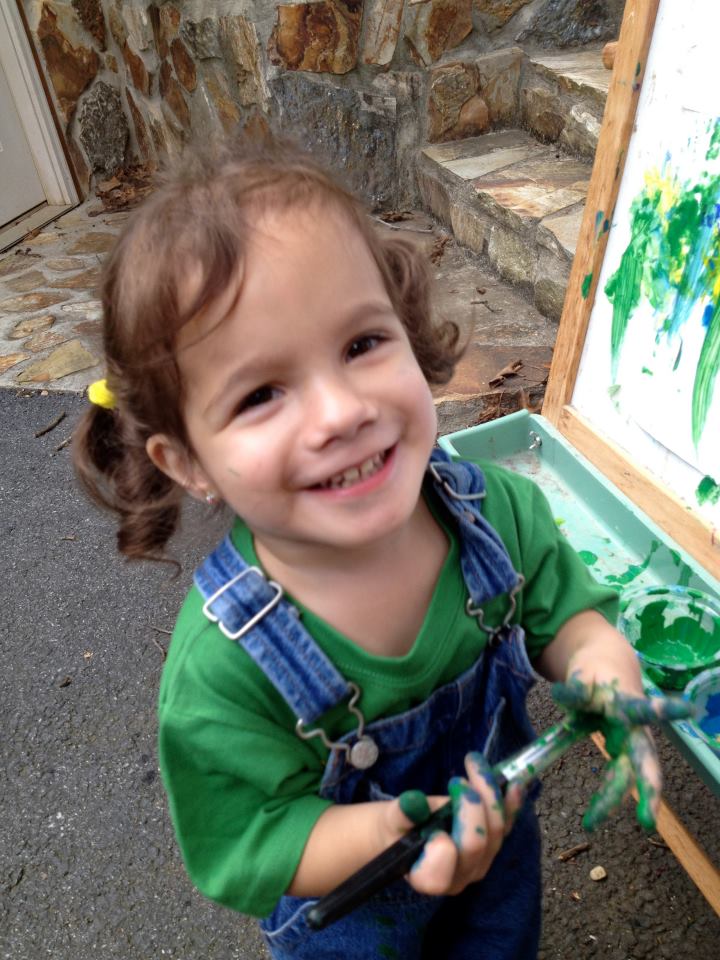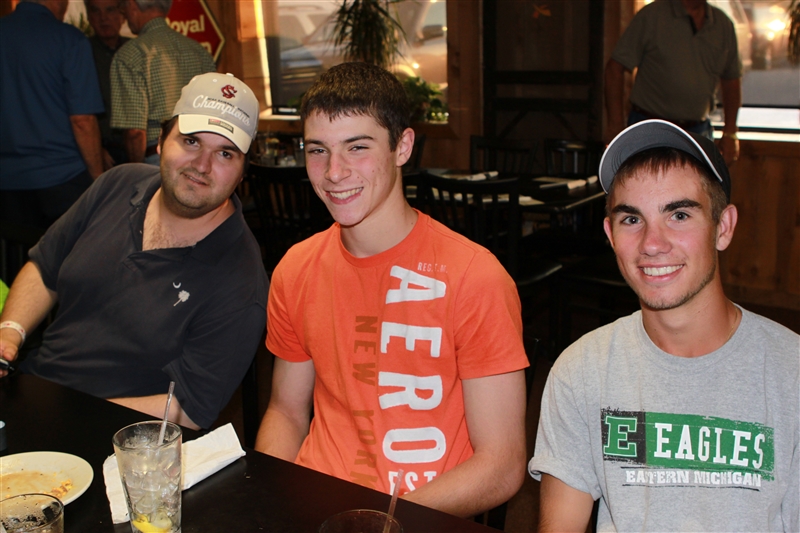Angry Fits and the Decision Spiral of Doom
I belong to a CHASA (Children’s Hemiplegia and Stroke Association) Facebook group called ‘Hemikids and Pediatric Stroke Survivors’. Many of the members are parents of children with hemiplegia who are looking to share their experiences, hopes, and fears. There’s one particular topic – behavior problems – that keeps coming up.
Behavior problems seem to be a recurring ‘partner’, if you will, with cerebral palsy. I read a lot about temper tantrums, uncontrollable rages, that sort of thing. What always strikes me about the posts is that the parents are completely lost. They don’t know where it’s coming from and they don’t know what to do about it. If you’re in that boat, I might be able to help you: your child was me, and there is indeed hope.
I want to start off by stressing that I am NOT a medical doctor, or associated with any medical field whatsoever. I can only speak about my experiences. They may have the same causes as other children’s; they may not. If you have any questions about possible medical treatments for your child, always listen to your doctor waaaay before you listen to me.
Now that that’s out of the way: I had a TERRIBLE temper problem from age 2(ish) through age… oh, I dunno, 12 maybe? I still get it sometimes (in a different form), but I’ll come back to that later. And I mean total, black-out, terrifying rages. Way beyond a typical temper tantrum. I honestly can’t remember a lot about them. Mostly what I do remember is being overwhelmingly, debilitatingly furious, and frightened by it because I couldn’t stop or control it. It literally felt like someone had switched off my brain, throwing it into an electrical spin as it frantically tried to get back on track.
My parents were baffled. They noticed after a while that my fits were commonly sparked by decisions. Little decisions. Socks or sandals? Socks! No, sandals! No, socks! And so on until I worked myself into a hysterical mess. It also happened when I was given several choices at once, or urged to do or participate in something I didn’t want to do. I couldn’t help myself. I could feel it coming, but I couldn’t stop it. If this is at all familiar to you, please keep reading.
Now, at age twenty, I can more clearly articulate what goes on in my head when that happens. It’s basically the same thing whether it’s a two-way decision, a multi-way decision, or a task/occasion/plan that I don’t like. It starts like this: I want to do A. But I also want B. But maybe I should do A. But I want B. But it has to be A! But I want B! At that point I can feel panic setting in. If I don’t stop myself right there my chest seizes up and my mind grinds to a paralyzed halt, whirling back and forth between the two statements until I go into a full-blown panic attack. The most recent was triggered when a colleague asked me to cover her shift at work on one of my days off. I agreed without thinking, and then it occurred to me that I really didn’t want to. I ended up completely hysterical and had to call my manager to find someone else.
And that’s the improved version, at age twenty.
I did some research a few years ago, wanting to learn more about my disability. I stumbled across a fascinating article about a region of the brain called the ‘basal ganglia’. In addition to controlling some motor functions, this area is believed to be one of the main decision-processing centers of the brain. Put simply, it analyzes all possible actions (both mental, such as decisions, and physical) and ‘chooses’ the best one. Damage to the basal ganglia is very often associated with certain types of cerebral palsy (mainly but not limited to athetoid and dystonic).
I have no proof that I have damage to my basal ganglia; my brain damage doesn’t show up on MRIs. But I do know what it feels like when I encounter a decision that is either inconsequential, so it doesn’t matter which I choose, or important, so it matters a lot. It feels like the decision-circuit in my head is short-circuiting, running in ever-tightening circles until I’m stuck in a mental corner. I do think it likely that these problems are related to my cerebral palsy in some way.
I started to grow out of it around age twelve or thirteen. I think I just got old enough to start to understand what was going on and stop the problem in the early stages of the Spiral of Doom. It still creeps up on me: I get very anxious when I have to choose between many options, or when I need to do something or go somewhere I don’t want to. I get VERY cemented in my plans and routines and freak out if something changes suddenly. I’ve developed coping strategies: I look at only two choices at a time, pick one, and then compare that one to the next. I tell myself ‘It won’t be that bad to go to/do X’, instead of telling myself ‘too bad, you have to’, which triggers a panic attack. In short, it wasn’t easy, but I figured out how to (more or less) manage it. I still have occasional ‘moments’, but they’re now rare.
Like I said, I don’t know if what I experienced is the same as any other children with hemiplegia. I don’t know if their brains also short-circuit into the Decision Spiral of Doom. But just in case there is anyone else out there like me, I want them (or their frantic parents) to better understand might be going on, especially if the child is too young or emotional (like I was) to explain it (or even understand it) themselves. I want them to know that it can be ‘grown out of’. It can be worked through. I hope this at least reaches someone who needs to hear it.
 Article by CHASA blogger, Elizabeth Tarney, a student at North Carolina State University majoring in Zoology. Elizabeth was diagnosed with hemiparesis due to a stroke in utero at about four months of age. She is a fencer, hiker, rock climber, and white-water rafter. At NC State Elizabeth is an activist for disability awareness and the president of a disability advocacy club. She plans to combine that passion with her love of animals to someday train service animals for children with special needs. Read more posts from Elizabeth.
Article by CHASA blogger, Elizabeth Tarney, a student at North Carolina State University majoring in Zoology. Elizabeth was diagnosed with hemiparesis due to a stroke in utero at about four months of age. She is a fencer, hiker, rock climber, and white-water rafter. At NC State Elizabeth is an activist for disability awareness and the president of a disability advocacy club. She plans to combine that passion with her love of animals to someday train service animals for children with special needs. Read more posts from Elizabeth.







